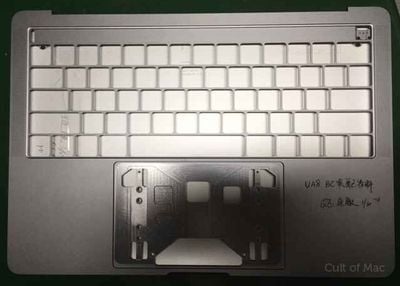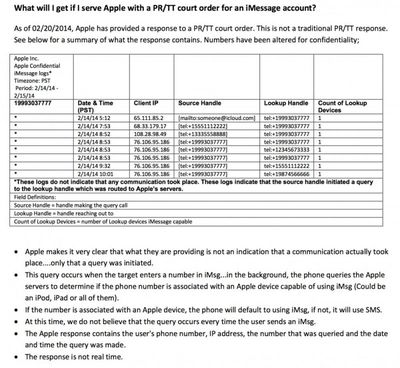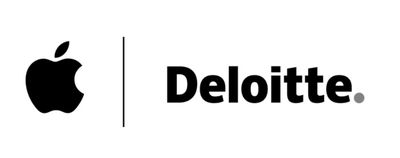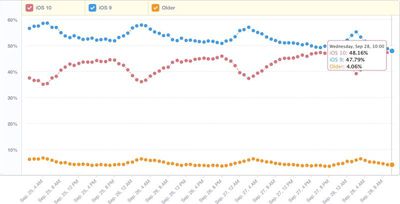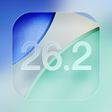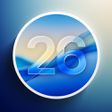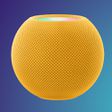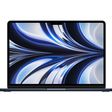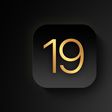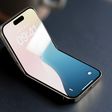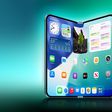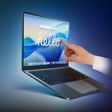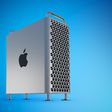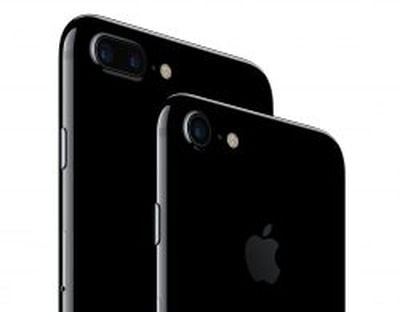 KGI Securities analyst Ming-Chi Kuo has outlined further predictions for next year's iPhone lineup, claiming the popularity of Jet Black models will encourage Apple to return to glass casing for 2017 models, as the material tends to have a higher gloss finish than metal.
KGI Securities analyst Ming-Chi Kuo has outlined further predictions for next year's iPhone lineup, claiming the popularity of Jet Black models will encourage Apple to return to glass casing for 2017 models, as the material tends to have a higher gloss finish than metal.
While a glossy finish is possible for metal casing, we identify two prerequisites for the 2017 new iPhone to be competitive in terms of casing design, considering competitors will definitely launch smartphone models with glossy metal or glass casing prior to Apple’s launch: (1) adoption of a glossy finish design; (2) enhanced productivity and higher yield will prevent a supply shortage, as has happened with jet black casing, which is manufactured at an unsatisfactory yield rate of 60-70% due to the metal material; and (3) better scratch resistance will improve user satisfaction. All things considered, we see glass casing as the only option.
Kuo believes Apple is more likely to stick with slightly curved 2.5D cover glass on the 2017 iPhone, as used on iPhone 6s, rather than adopt a fully curved 3D design, in light of mass production considerations and drop test performance. Kuo previously said Apple will launch a 5.8-inch iPhone with a curved OLED display and glass casing next year, which a subsequent report said will be a high-end model. The other models would retain LCD displays with 4.7-inch and 5.5-inch screen sizes.
Kuo said the new glass casing will be reinforced by an aluminum metal frame, while stainless steel will be used for high-end models.
Metal frame can be stainless steel or aluminum, with former more likely for high-end models. As all-glass casing is not possible at present given technological bottlenecks, a metal frame surrounding the edge is necessary for reinforced structure design. As stainless steel has a better look than aluminum and costs more, we expect only high-end new iPhone models to come with a stainless steel frame next year.
The analyst believes Foxconn will be the sole supplier of high-end iPhone models next year as the exclusive manufacturer of the new stainless steel frame. Meanwhile, glass material supplier Corning and glass casing makers Lens Technology and Biel Crystal are said to be beneficiaries of the new glass design.



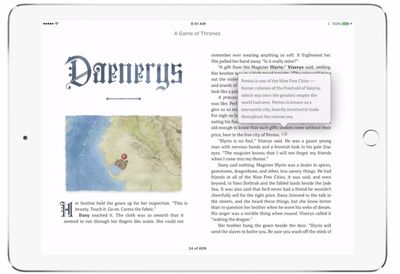
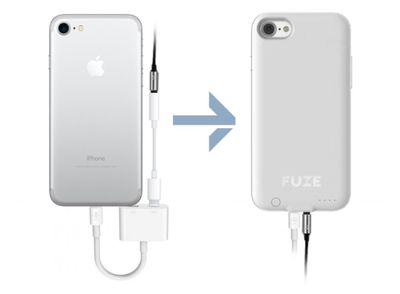
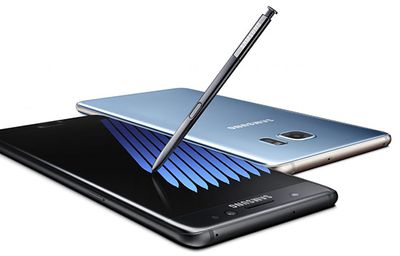


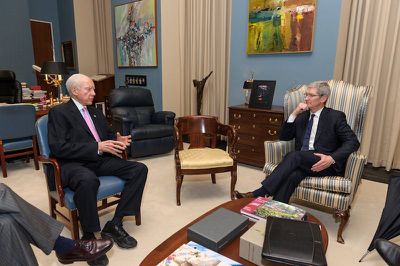
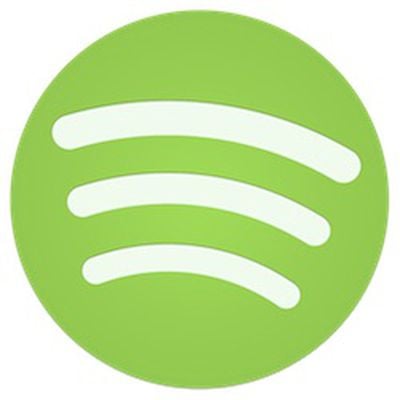 Spotify launched in Japan today, 18 months after it opened its first offices in the country (via
Spotify launched in Japan today, 18 months after it opened its first offices in the country (via 

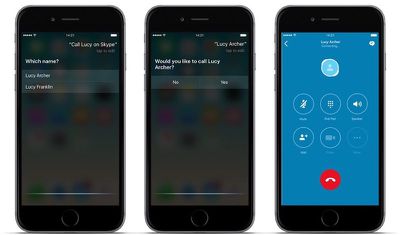
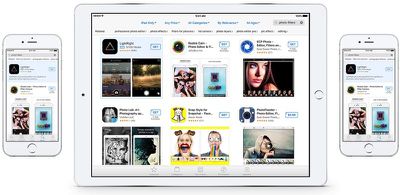
 Streaming music service and Apple Music rival Spotify is in "advanced talks" to acquire audio distribution platform SoundCloud, reports
Streaming music service and Apple Music rival Spotify is in "advanced talks" to acquire audio distribution platform SoundCloud, reports 